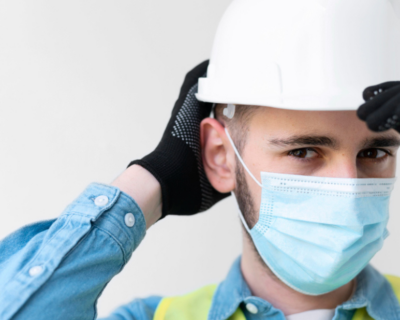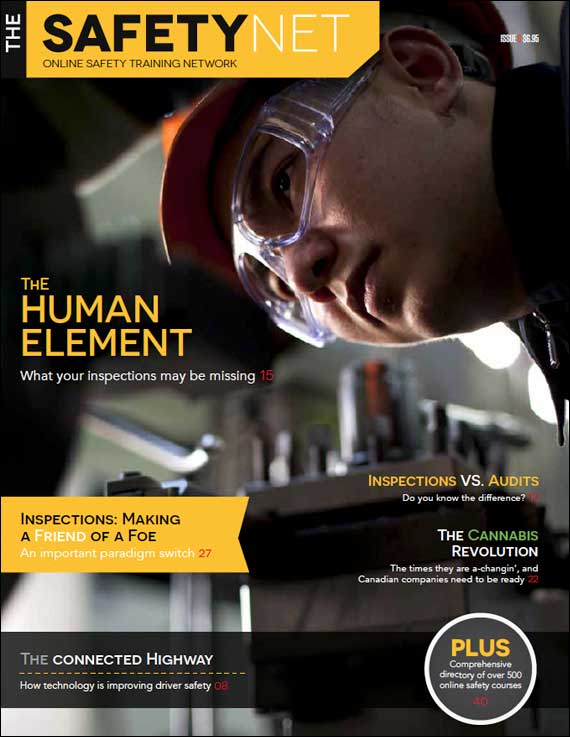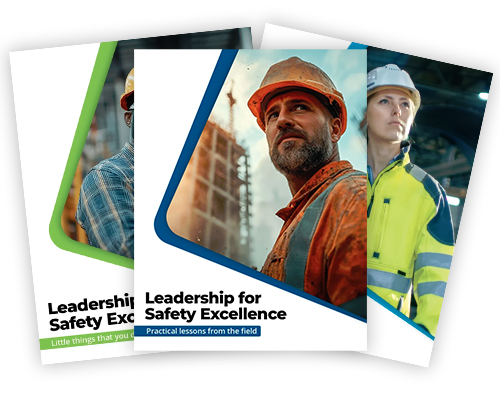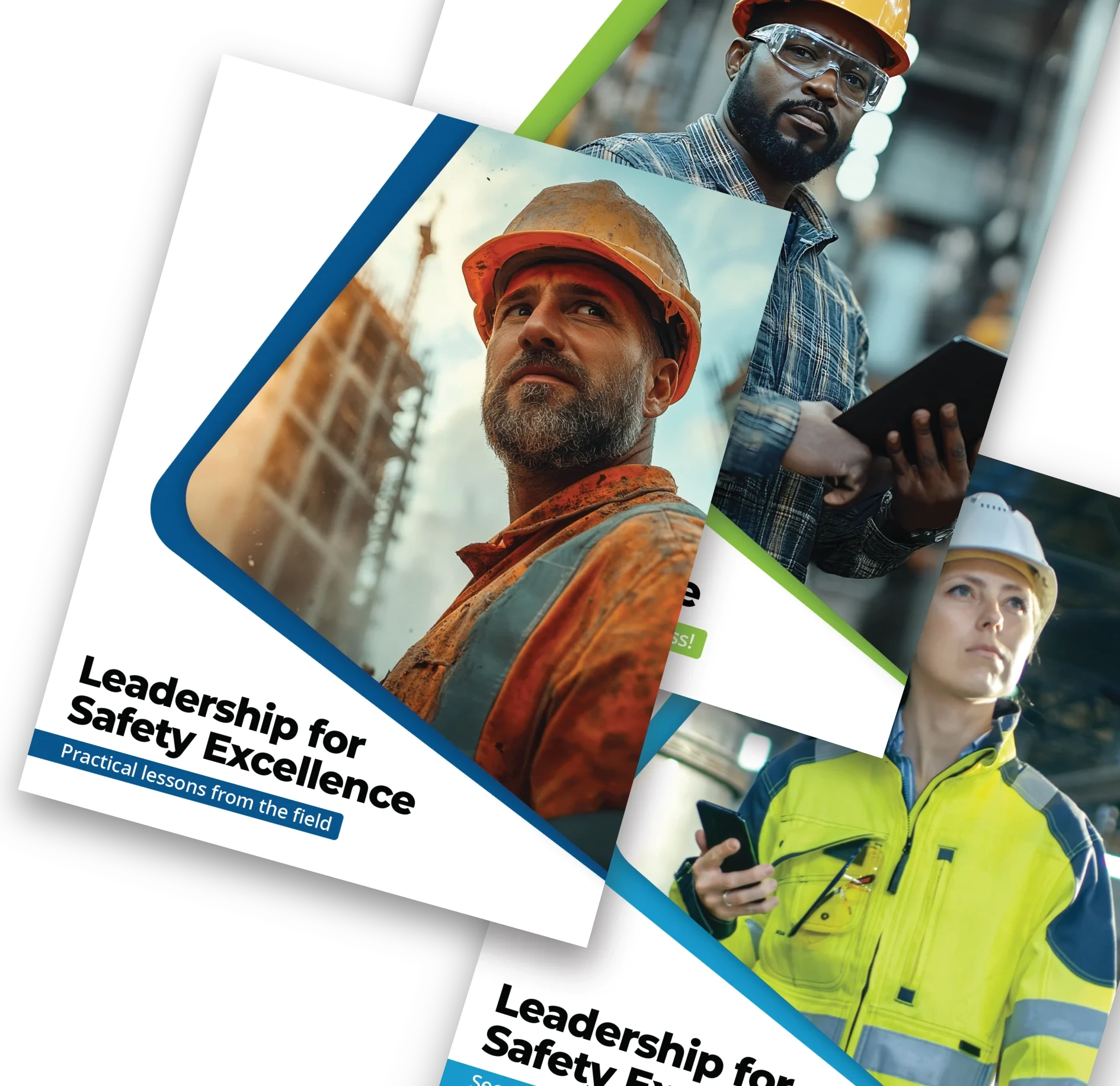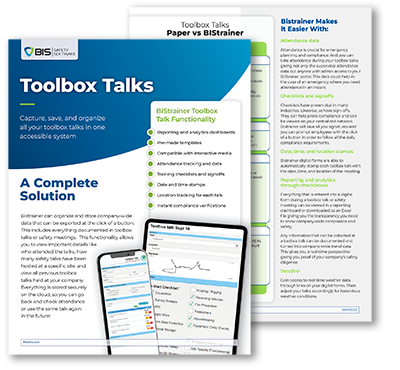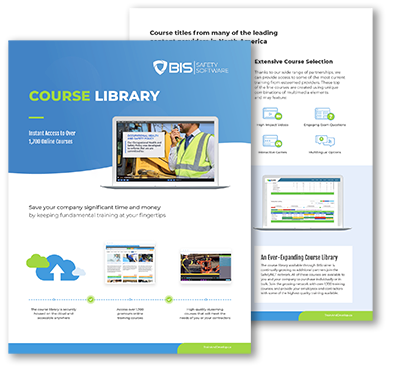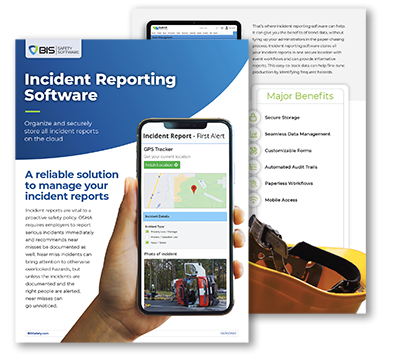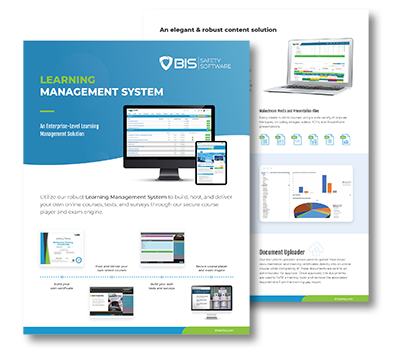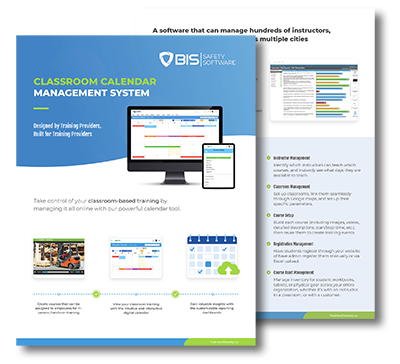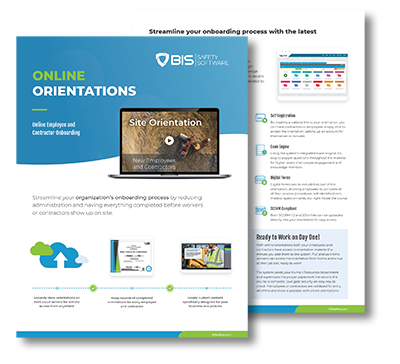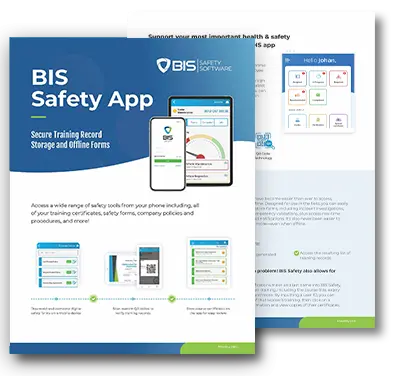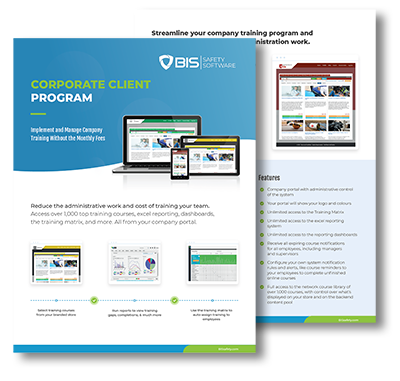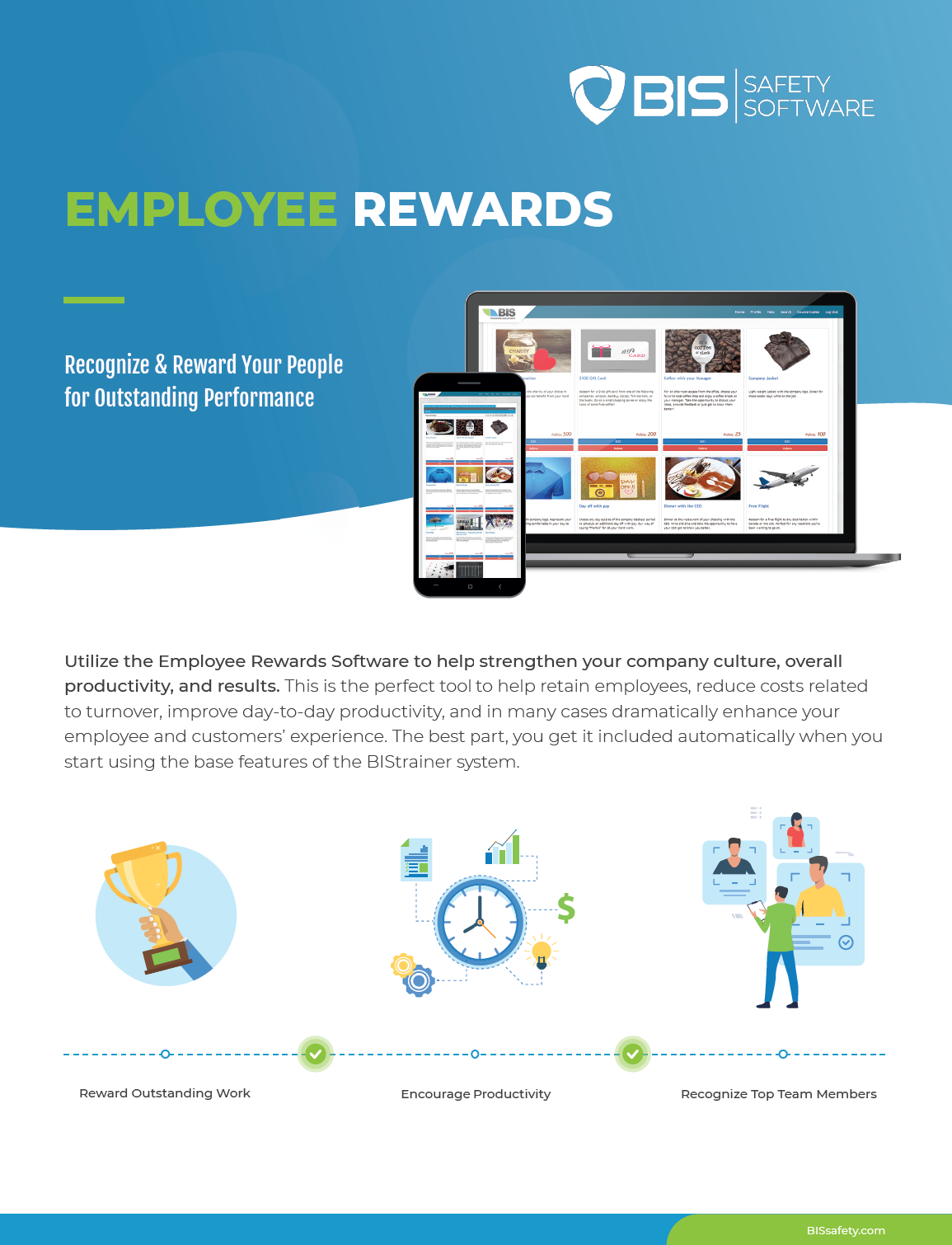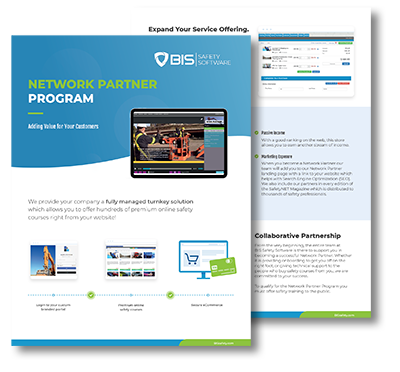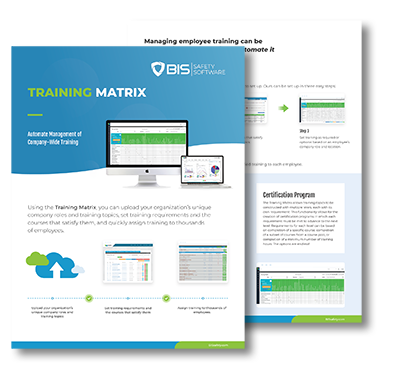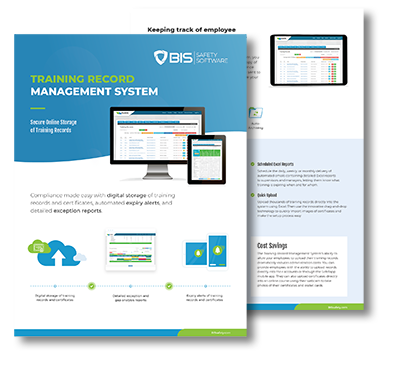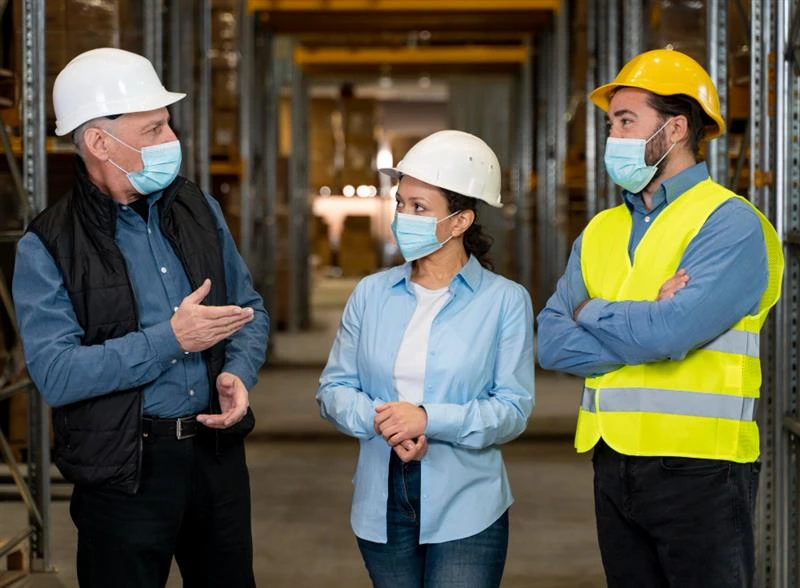
What We Leave Unsaid in Safety Talks—And Why It Puts Everyone at Risk
You’ve been there—those standard safety meetings that roll out the same greatest hits: PPE guidelines, slips and falls, lockout/tagout. Important, yes. But let’s be honest: the real dangers often come from the unspoken.
It’s time we start naming what doesn’t get said—and why it might be the biggest safety risk of all.
1. “I’m worried, but I don’t want to be a problem.”
People don’t usually say this out loud. But it’s written all over their faces. A new hire sees something risky, but says nothing. A seasoned team lead chooses silence to avoid being labeled “dramatic.” That fear—the fear of being seen as a complainer—can lead to serious consequences.
Johanna Pagonis nailed it: “You’ll always fall short in achieving your safety goals if you don’t create the courage for people to speak up.” Silence isn’t neutral—it’s dangerous.
Try this: Open meetings by saying, “If you’ve ever held back on raising a safety concern, we want to change that.” Then act like it. Reward honesty. Encourage feedback. Normalize speaking up.
👉 Related read: How Strong Safety Cultures Are Built—and Broken
2. “We’re running on empty—and no one’s asking.”
Fatigue doesn’t raise its hand. But it’s there. Crews grinding through long shifts. Operators masking exhaustion. And behind it all, a quiet risk multiplier that’s hard to measure—but impossible to ignore.
Robin Postnikoff reminds us: what workers carry outside the workplace—stress, family pressure, emotional exhaustion—walks in with them. Ignoring that is ignoring a key factor in every incident.
Try this: Include “How’s your energy today?” in daily check-ins. We inspect our tools—why not our team’s wellbeing?
👉 Related read: Leading with the Heart in a World Obsessed with Metrics
3. “This process is broken—but we pretend it’s fine.”
Not every rule makes sense. Some safety protocols feel like they were written without ever stepping on-site. Workers often follow them to the letter—or quietly disregard them, both risky outcomes.
Kevin Swinden once shared how a routine procedure mishap led to a full neighborhood evacuation. The lesson? Bad processes are a safety hazard—especially when no one questions them.
Try this: Ask teams to bring one “outdated or unclear” rule to each meeting. Talk about it. Fix it or nix it.
👉 Related read: The Most Dangerous Phrase in Safety: “We’ve Always Done It This Way”
4. “I don’t actually know how to do that—but I’m pretending I do.”
Training isn’t a one-and-done deal. And yet, too many workers get certified and tossed into high-risk situations with little more than a YouTube-level understanding.
Brett Burkard said it well: real safety sticks through consistent, practical reinforcement—not checkboxes and assumptions.
Try this: Follow up digital training with in-person, hands-on demos. If someone’s never tied off at height, now is not the time for guesswork.
👉 Related read: Second Nature: How Brett Burkard Made Safety Sticky
5. “Leadership only shows up when there’s blood.”
Tough truth: some workers think safety is all talk. They’ve watched leaders react after something bad happens—never before. And when safety is reactive, trust breaks.
Jeff Mulligan makes a powerful case: true safety culture is visible, proactive, and deeply personal.
Try this: Get leadership involved beyond the boardroom. Fund safety programs. Visit worksites. Ask the tough questions before something goes wrong.
👉 Related read: Coming Full Circle: Safety Leadership with Jeff Mulligan
Final Thought: The One Thing You’ve Never Said
What’s one truth you’ve never said in a safety meeting? Next time—say it. Honesty doesn’t just build trust. It prevents harm. Because real safety starts with real conversations.



